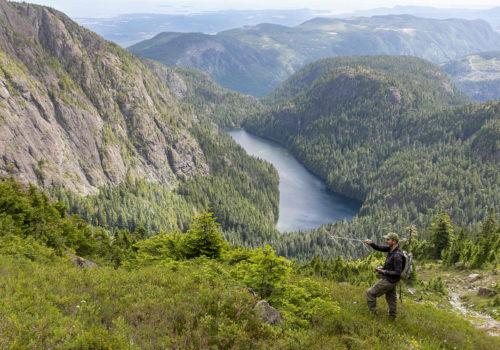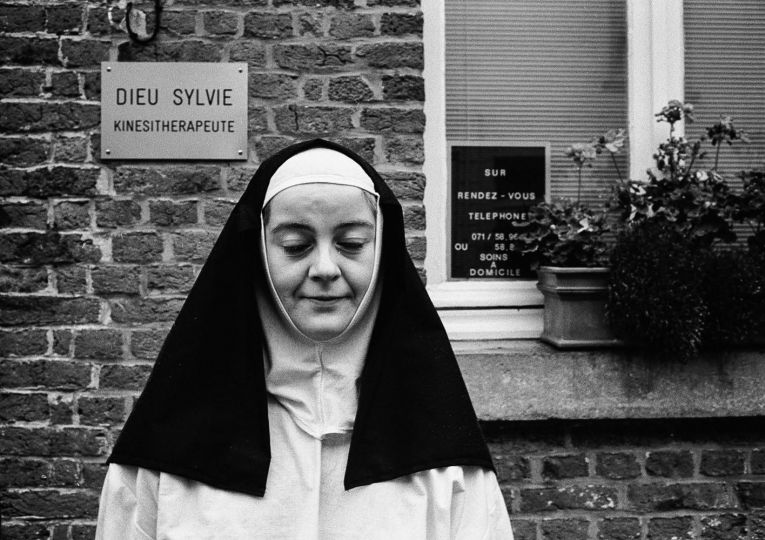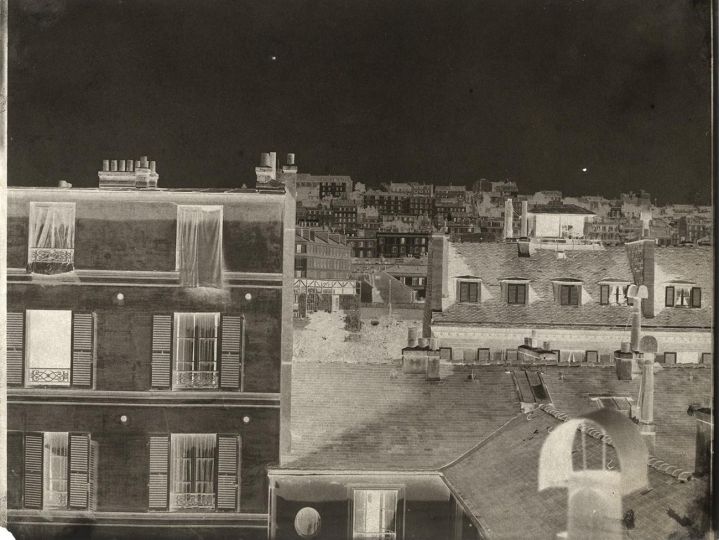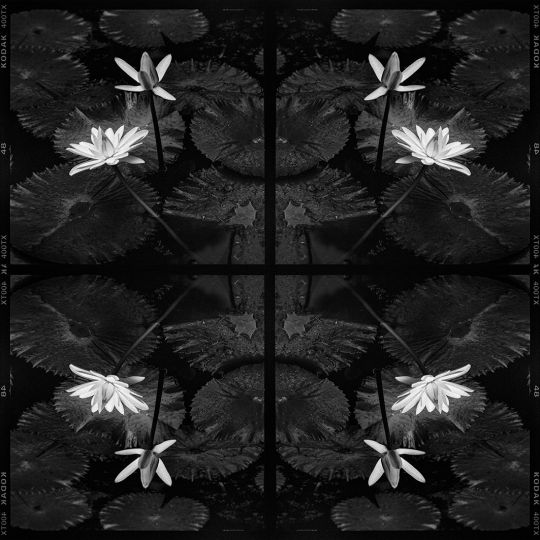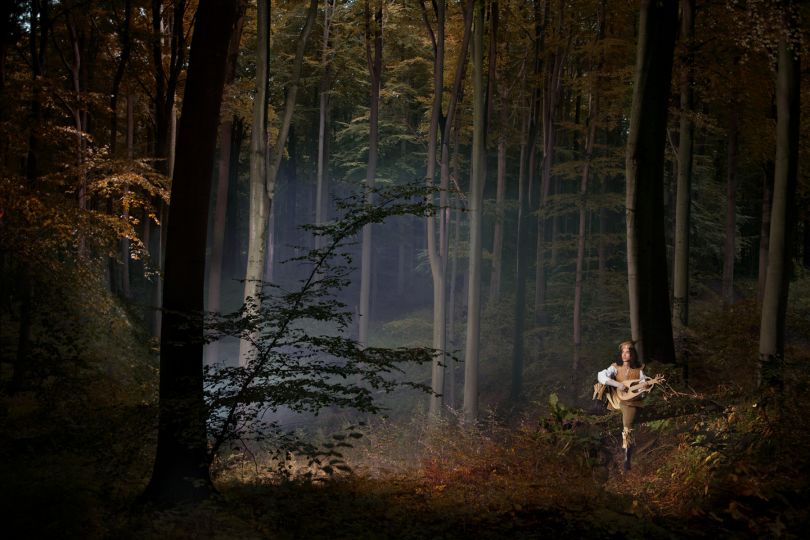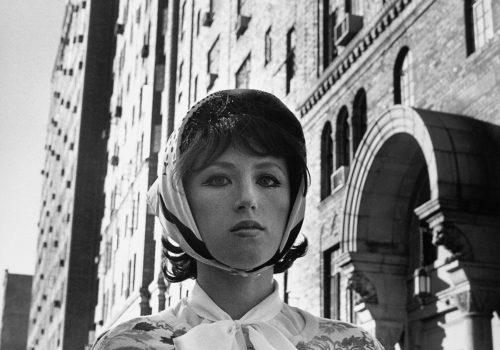Ryan Tidman lives on Vancouver Island, Canada. Growing up reading National Geographic magazines and watching natural history series like Planet Earth, Tidman fell in love with all things in nature. And, after completing studies in Environmental Sciences and Visual Communications at the University of Guelph and the Royal Ontario Museum respectively, he found himself taking every opportunity to get behind the camera lens and document Canada’s most iconic animals and landscapes.
After finishing school in 2017, he spent over three years working with National Geographic photographers Paul Nicklen and Cristina Mittermeier and their ocean conservation non-profit, SeaLegacy. During his time with SeaLegacy, he developed a deep understanding of documenting the natural world, sharing conservation issues, and, most importantly, conveying science communication effectively through photography and film. Fortunately, as part of the expedition team, he had the opportunity to travel the world documenting ongoing conservation efforts.
In 2020, Tidman left SeaLegacy to freelance. Since then, he has split his time between photography and cinematography, working with leaders in the industry. He became an Associate Fellow of the International League of Conservation Photographers and has received grants from the Trebek Initiative, covering the impacts of old-growth logging on black bears on Vancouver Island and funding from National Geographic to pursue a story of the significance of Pacific herring on the British Columbia coast.
Lanza : How did you become a wildlife photographer, which is a very specialized genre, specifically discuss your mentorship with Sealegacy?
Ryan Tidman : When I graduated from university with an undergraduate degree in biology, I knew I wanted to continue working in the outdoors, but not necessarily doing scientific fieldwork. I was trying to figure out opportunities to do that when I stumbled across a program called Environmental Visual Communications offered at the Royal Ontario Museum in downtown Toronto. The program allowed me to use my background in biology to help communicate science more effectively through multimedia. EVC was cofounded by Cristina Mittermeier, who happens to be one of the co-founders of SeaLegacy. When I enrolled in EVC, my main goal was to land an internship with SeaLegacy and have the opportunity to learn wildlife photography from two of the best in the industry: Paul Nicklen and Cristina Mittermeier. While working with Paul and Cristina, I was aware of how fantastic of a scenario I was in, and I continually tried to make the most of my time there. It was a perfect opportunity to understand better how the business side of things operates well, simultaneously developing my photography and cinematography craft. At the same time, I had access to some of the best camera equipment available. It was the equivalent of diving into the deep end and not knowing how to swim!
Lanza : What were the challenges in photographing the Marmot and discuss how you managed technically and through observation to produces the story.
Ryan Tidman : When I first set out to photograph Vancouver Island Marmots, I was venturing into the unknown. I didn’t know much about them besides the fact that they were located in the sub-alpine mountain region of British Columbia’s Vancouver Island. I went hiking several times on some nearby mountains with my heavy 50-pound camera backpack. I was unsure of what I was seeking or where to find it. After a few of these type-two-fun marmot-less excursions, I realized it was time to seek guidance from those who knew the land and its inhabitants best. The Marmot Recovery Foundation is a nonprofit based on Vancouver Island responsible for conserving and monitoring the critically endangered Vancouver Island Marmot. Through persistence and a barrage of emails and phone calls, I was given an opportunity to tag along on a field day with the team. By the end of the first day, we had one of the best Marmot days ever recorded, with 31 individuals out of the approximately 250 Marmots in the wild! Yet, what struck me most was the realization that the story of the marmots wasn’t just about the animals themselves—it was about the remarkable individuals tirelessly working behind the scenes. The strenuous fieldwork these folks undergo daily during summer is seriously otherworldly. I continued to accompany the field crew throughout the next three years, tagging along on any trip I could photograph. Through my photography, I hope to showcase the beauty of these remarkable creatures and highlight the amazing individuals who dedicate their lives to ensuring their survival.
Lanza : How did this experience expand your knowledge about photographing creatures in their environs, and how photography can affect our view and the importance of the smallest wildlife.
Ryan Tidman : Having the privilege to spend time and photograph in what I think is one of the most stunning environments on the planet, British Columbia’s sub-alpine was really special. Being immersed in panoramic views while chasing an incredibly rare tiny critter sometimes felt like finding a needle in a haystack, but the haystack was comprised of expansive mountain ranges! Before working with the Marmots and Marmot Recovery Foundation, I never really considered what was in and relied on this type of ecosystem. After spending several years working with marmots, I have developed a deeper appreciation of the mountains and the animals that call this hostile and rugged space home.
Lanza : What are you working on now, and what are you looking to do combining your photography with cinematography?
Ryan Tidman : Over the past few years, I have almost been exclusively working for an upcoming Netflix series titled Our Oceans. It is slated to launch on the streaming platform this year and rival BBC’s iconic Blue Planet series! I split my time between freelancing natural history cinematography and am currently working on two photography-based projects in British Columbia. One is on Black Bears and the impacts that old-growth logging has on this species. I am following a scientist who has been working with bears for decades and is artificially creating dens to mitigate the impacts of continued logging on denning and hibernation. The second project that I am working on is for National Geographic. I cover the British Columbian coastline each year, following the spawn of a small fish, the Pacific herring. The story aims to cover the significance that herring has on its environment and ecosystems, its economic importance along the coast, and the indigenous significance that this species has with First Nations peoples throughout British Columbia.

